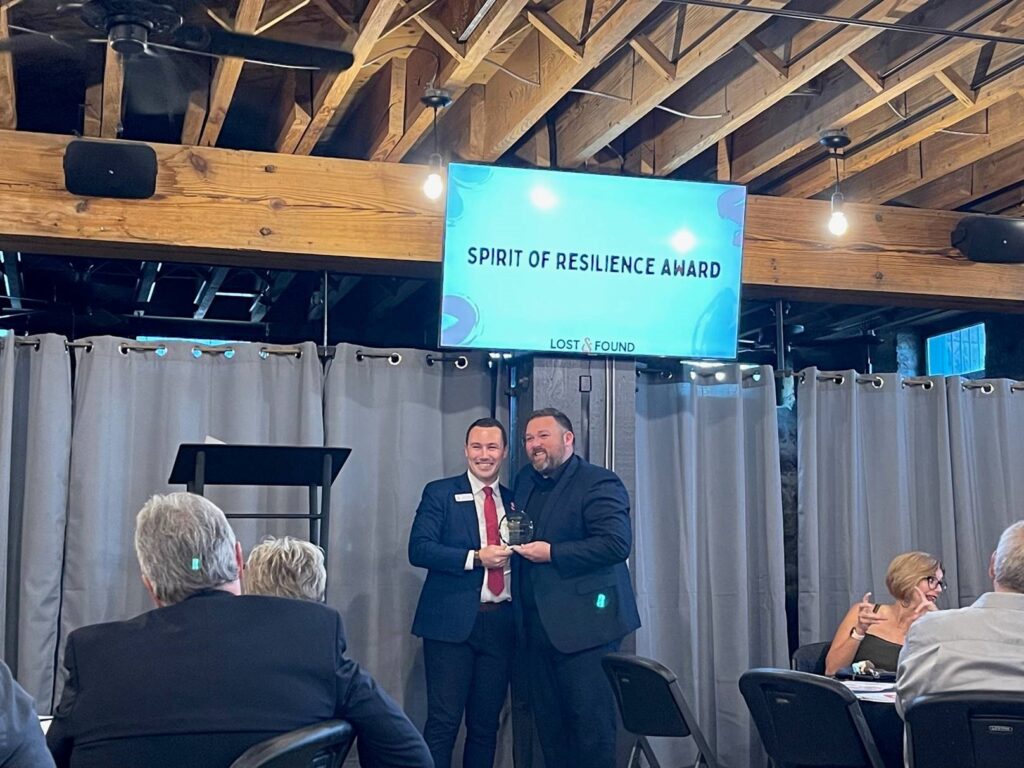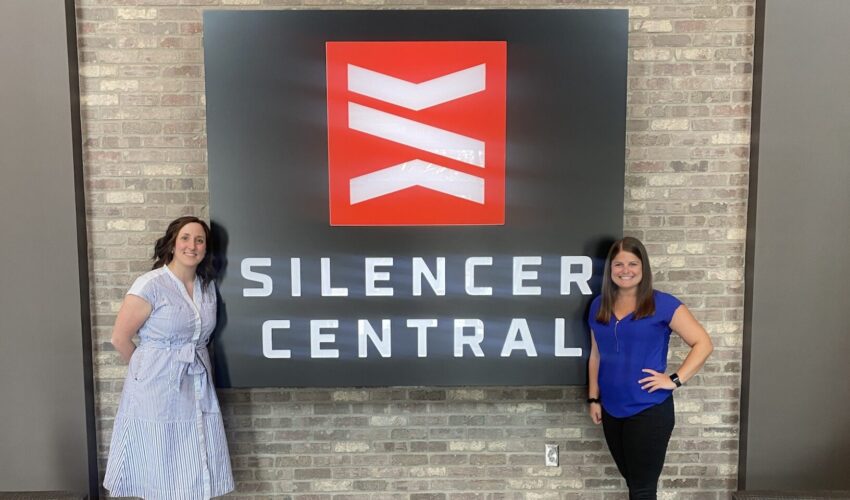How to win race for talent: Think beyond traditional benefits
April 13, 2023
This paid piece is sponsored by Marsh McLennan Agency.
Tomorrow’s workforce is looking for more than a benefits plan. Employees are placing a higher premium on finding their purpose at work and challenging their employers to empathize with their disengagement and burnout. Employers can work to address these struggles with well-being benefits while also tackling the rising health benefits costs.
As employees continue to deal with the impact of the pandemic on their physical, mental and financial health, employers are fighting to support their workforce. Marsh McLennan Agency’s employee health and benefits advisers share insights on emerging benefits trends and how to use them to retain current employees and attract new talent to your organization.
Brad Hearst, an employee health and benefits consultant at MMA, said today’s employers are placing a large emphasis on understanding their employee base and what is vital to them.
“Creating a supportive culture within an organization takes time and requires more than the traditional benefits package,” Hearst said. “Simply to compete in today’s market, employers now need to focus on mental health resources, creating a work-life balance and offering remote-work options. These resources are what both attract, and more importantly, retain employees to create long-term sustainability.”
According to the U.S. Department of Labor, the number of workers quitting their jobs has increased almost monthly since 2020:
- More than 1 million workers are leaving the leisure and hospitality industries.
- 996,000 workers are leaving trade, transportation and utilities industries.
- 920,000 workers are leaving accommodation and food service industries.
What’s driving this talent crisis?
To better understand the reasons for increasing quit rates and turnover and why so many jobs remain unfilled, consider the findings of surveys conducted during the pandemic. A Mercer Marsh Benefits Health on Demand survey of more than 14,000 workers in 2021 found both positive and negative impacts from the pandemic, and a clear majority of respondents said they value support from their employer.
Sixty-two percent of employees who felt supported by their employer during the pandemic believe their employer cares about their health and well-being. By comparison, only 19 percent of those employees who said they had poor support felt their employer cares. Of those employees who felt supported, 44 percent said they were less likely to leave their job.
Hearst said attracting and retaining talent is one of the most significant challenges employers face in today’s market. “Employees are looking for benefits that match their lifestyle, and with five generations in the workplace, this has become increasingly challenging for both executives and HR teams,” he said.
Hearst adds that post-COVID, there has been a heighted focus on mental health resources and creating a work-life balance. “Employers are returning to their EAP programs and looking for more — more sessions, greater support and easier access for their employees.”
In addition, Hearst said, items such as lifestyle spending accounts are being put in place to allow employers to contribute funds toward the unique challenges their employee base is facing. “All of these efforts are focused on putting the employees’ well-being first and creating a supportive culture.”
What can employers offer?
For some employers, as many as five generations of employees may be in the workplace at the same time. Each demographic segment has different needs and expectations, which make it challenging to design benefit plans that meet all of them.
“Younger employees are looking for more than the traditional benefits package, and aging generations are looking for guidance on what’s next,” Hearst said. “The employer is responsible for addressing and answering these questions.”
Challenges such as child care and caring for aging family members are creating a strain on the workforce, so employers are implementing innovative strategies that provide resources to support employee needs.
Hearst said employees are delaying retirement, and this is creating a need for employers to assist employees. “Employees continue to push back the retirement age every year, so we are now seeing employers offering guidance on finding resources to both better understand and determine if a transition to Medicare best fits them,” he said. “Providing both benefits and lifestyle education to employees is becoming the standard to supporting, attracting and retaining talent.”
A major lesson from the pandemic, however, is the vast majority of employees want and value resources that offer them support and improve their well-being. Resources and benefits that support employees and contribute to a sense of well-being can include programs that promote mental health, retirement and financial security, and voluntary benefits.
Some of the most popular voluntary benefits are:
- Financial planning
- Tuition reimbursement
- Backup child care options
- Elder care options
- Identity theft protection
- Hospital indemnity
- Pet insurance
- Critical illness insurance
Gain more insight about how employers who focus on well-being can gain a competitive advantage in MMA’s 2023 Benefits Trends: The Evolving Workplace report.










